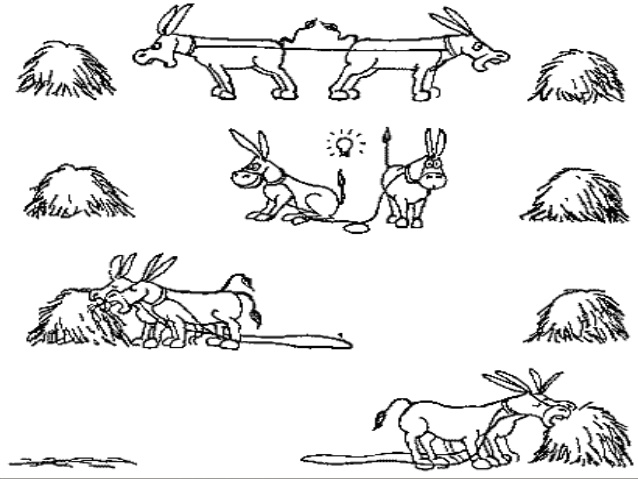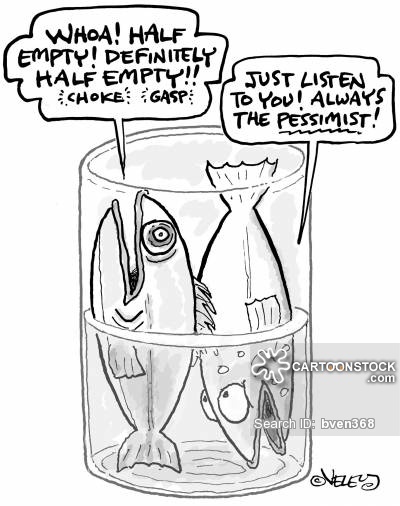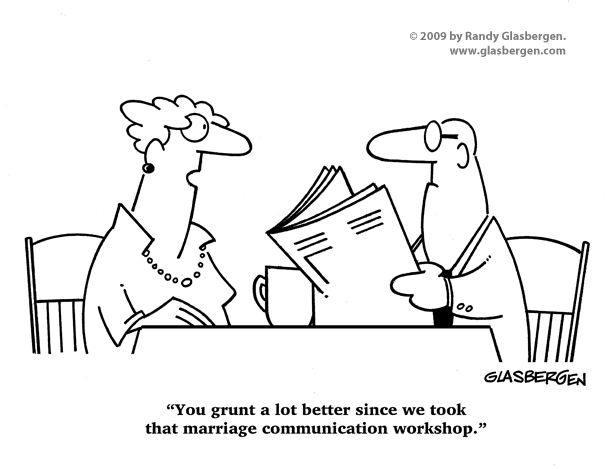One rather diverse evening, I was dining at an Indian restaurant, in the US, with a relative, eagerly waiting to fork through my vegetarian dish. While I scouted the room for any sign of my dish, this cousin of mine had his non-vegetarian food delivered on a fast train. He seemed to be embarrassed and roused that despite repeated requests my food was nowhere in sight. His irritation was visibly mounting till a slightly off-hand dismissal of the delay by the waiter sent him off the rails. To my consternation, my cousin’s voice was getting progressively louder with mounting anger and each attempt by the manager to pacify him only sent him further up on the anger scale till it had become a full-blown rage. At some stage in the proceedings the manager threatened to call the cops. Worried that I might have to spend the rest of the evening bailing him out of this cascading mess, I somehow managed to get him out of the restaurant before the manager actually called the cops.
Apart from the fact that we went without dinner that night, I stayed up (aided and abetted duly by an empty and protesting stomach), reflecting on how a quiet dinner had turned into a complete disaster. Of course, I was shaken by that experience, the sheer violence of emotions, the embarrassment of creating a scene and the ignominy of having to apologise, to the restaurant manager, for no fault of mine. And I squarely blamed my cousin for all of it. It was his ego, his impatience, perceived impertinence and disrespect that fueled and justified his anger. Oh, was I smug. Then it hit me : Was I really any different?
The one thing I struggle most with is my Ego. This friend of mine is my worst enemy. Or at least one of my worst enemies. The other two being Anger and my proclivity towards being Judgmental (as opposed to Judgement, which is a well-considered conclusion)
My Ego (the sum total of the stories I tell myself) is fed by my sense of importance and worth, in turn fed by my self-adulation and hunger for external validation and the consequent impairment of learning ability.
My Judgmentalness comes from self-righteousness; and a feeling that I am not like that, an externalisation of motives that are unacceptable and a separation of myself from the other.
Anger is triggered by acts of impropriety as seen by my self-righteousness and my ego, a sense of duality, the limiting binary of right and wrong; made worse by the non-admittance of a third possibility, mitigation or empathy
The Triangle of Ego, Anger and judgmentalness viciously feed on itself. Anger feeds on the self-righteousness, that in the first place comes from Judgmentalness. Judgementalness enhances the distance between me and ‘that’, the duality (That versus me, ‘I am not like that’). The Duality validates the Ego which further validates and enhances the Anger. And so on till sheer exhaustion with this process of escalation finally kills it.
The realization of this process, that in fact victimizes me, did not bring relief. On the contrary it left me feeling helpless. Till I figured the nature of feelings. They lie in a continuum. For example:
–Irritation to Annoyance to Anger to Rage
-Distraction to Confusion to Bewilderment
-Distaste to Disgust to Repelled to Hatred
-Pleased to Happy to Joyful to Ecstatic
-Uneasiness to Disturbed to Worry to Trepidation to Fear
I’m sure you can add more continua as well as insert states in between. In fact, try constructing the continuum for yourself.
- Think of a feeling that you experienced today or yesterday
- Now try to think of it as being a little more intense than what you felt, see if you can label it.
- Now for the reverse direction, less intense and label
- Voila you have your continuum. Now you can travel on this, up and down and get a sense of how the intensity of your feelings vary at each level.
The position on the continuum also represents the degree of awareness and therefore the control I have on my feelings. The farther down the continuum the more the feeling tends to control me. I found this a very liberating thought. Almost like getting out of gaol.
And then came the most interesting part. I could use the continuum to break my Vicious Triangle. The trick, I realized is to gear down, that is, somehow manage to move down rather than up the continuum especially when the feelings are destructive ones. If I could somehow put a gap in the momentum of the Triangle that would help me gear down.
The gap actually is Awareness of where I am on the continuum. The moment I become aware I can consciously move down the continuum by sneaking in Empathy, for instance. Initially when Awareness is weak, a mnemonic helps.
For example, my problem is my ego fed by my self-righteousness. So, I use a ratio to jump start my awareness: I am equally like that/Reaction (my friend and colleague Arjun Shekhar introduced me to these powerful levers which he calls boon-bane ratios).
As I begin my fulmination against gross injustice and wrong doing I remind myself of this ratio (so if someone is breaking a rule and it is beginning to get to me, I quickly start thinking of parallel examples where I have not adhered to some rule somewhere). As I become aware of the ratio I begin to move from reaction to greater acceptance and therefore less fulmination.
As I practice this more and more, I am able to move from Anger to Annoyance to Irritation and slowly let it fade out of my system. I have not yet mastered it, but I can now recount specific situations where it has helped me retain my equanimity.
So today when I see a bunch of guys traveling on the wrong side, screwing up the traffic flow, my response in the first fraction of a second is anger at these guys who are flouting the law and making a mess of the traffic; and then I switch to my ratio of ‘I am equally like that/Reaction’ and it allows me to gear down to irritation levels . It also allows me to be a little more empathetic to their needs to not have to travel in the opposite direction for quite some distance and then back track the right way. I don’t agree with their actions, but I surely can understand.
It sounds like a trivial example, but it does an important thing for me. It gets me to practice my Awareness and to hone that muscle more and more. Gets me to step away from being judgmental and from anger, be a more balanced person and break the bear grip of the Vicious Triangle.
And of course, my switch to automatic gears also helps..








